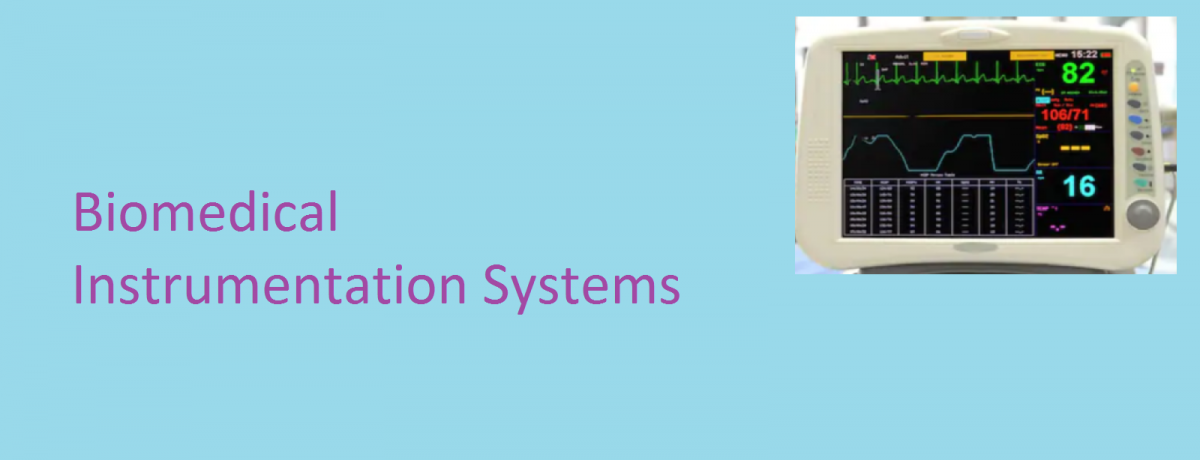The amplifiers used for clinical EMG recording must meet same strict specifications for low-leakage currents as do ECG, EEG, and any other amplifiers used to measure human body potentials.

EMG amplifier gains are typically x1000 and their bandwidths reflect the transient nature of the single motor unit (SMU) action potentials. An EMG amplifier is generally reactively coupled, with low and high -3-dB frequencies of 100 and 3 kHz, respectively. With an amplifier having variable low and high -3-db frequencies, the user generally starts with a wide-pass bandwidth, e.g. 50 to 10 kHz, and gradually restricts it until individual EMG spikes just begin to round up and change shape. Such an unplanned adjusted bandwidth will give a better output signal-to-noise ratio than one that is too wide or too narrow.
Related: Key Features of ECG Amplifiers
EMGs can be viewed in the time domain (very useful when single fibers or Single motor units (SMUs) are being recorded, in the frequency domain or in the time-frequency (TF) domain. In time frequency domain, the TF display shows the frequencies in the EMG burst as a function of time. Generally, higher frequency content in the TF display indicates that more SMUs are being activated at a higher rate. TF analysis can show how agonist-antagonist muscle pairs are controlled to perform a specific motor task.

